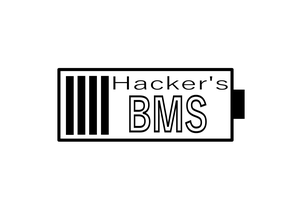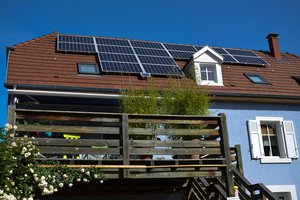Unique features
There are lots of charge controllers on the market. So you might ask yourself why this one is special?
Extensible hardware
The PCB of the Libre Solar charge controller contains lots of interfaces which could be useful for applications not yet thought about. Especially the UEXT connector is useful to add features like displays, wireless communication, etc.
Creativity by software
Though the primary function of the charge controller is to charge a battery using solar panels, the hardware behind the charge controller is just a high-power DC/DC buck converter. With some tiny software changes it can be used for numerous other applications.
Some examples:
-
Small wind turbines with AC generators can be easily connected to the charge controller using some diodes for rectification. Now you can develop a Maximum Power Point Tracking algorithm for your wind turbine.
-
As a synchronous buck converter, the DCDC power stage can be changed into a boost converter by software. In this case, current flow goes from the battery output to the solar input. This feature can be used to charge an electric bike battery pack with 36V nominal voltage using a 12V solar pannel. Sounds strange, but works and has been tested already. The 5V output is needed to switch on the bicycle battery (e.g. Bosch or Specialized).
Fully Open Source
Software and hardware are fully open source and can be used even for commercial applications. You are free to change whatever you want as long as you publish your changes and contribute to the open source hardware community.
Hard facts - MPPT charger
If you want to know the core specifications…
- Maximum Power Point Tracking (MPPT)
- 12V or 24V battery output
- 20A peak charging current
- 55V max PV input
- 32bit ARM MCU (STM32)
- CAN communication interface with standard RJ45 jacks (CANopen pinout)
- USB interface for firmware update and serial monitor
- Expandable via Olimex Universal Extension Connector (UEXT) featuring I2C, Serial and SPI interface (e.g. used for display, WIFI communication, etc.)
- Built-in protection:
- Overvoltage
- Undervoltage
- Overcurrent
- PV short circuit
- PV reverse polarity (for max. module open circuit voltage of around 40V)
- Battery reverse polarity (destructive, fuse is blown)
Hard facts - BMS
- 3 Up to 15 Li-ion cells (e.g. LiFePO4)
- 50A max. current
- MCU: STM32
- CAN communication inteface
- UEXT connector for feature extension
- High-side switches using new TI BQ76200
- Possibility of pre-charging the power bus before switching on the battery.
- Balancing current approx. 150 mA
 Michel
Michel






 Leonardo Ward
Leonardo Ward
 Chris Low
Chris Low
 Michel Kuenemann
Michel Kuenemann
 Enki
Enki
Just FYI, your website (https://libre.solar) doesn't work AT ALL without cookies. It shows up as a blank white page. This is a very poor practice.